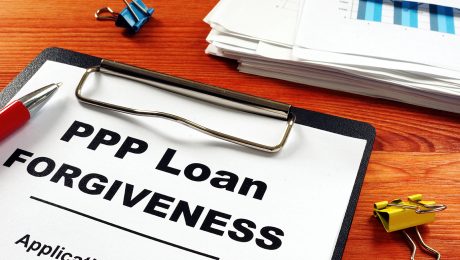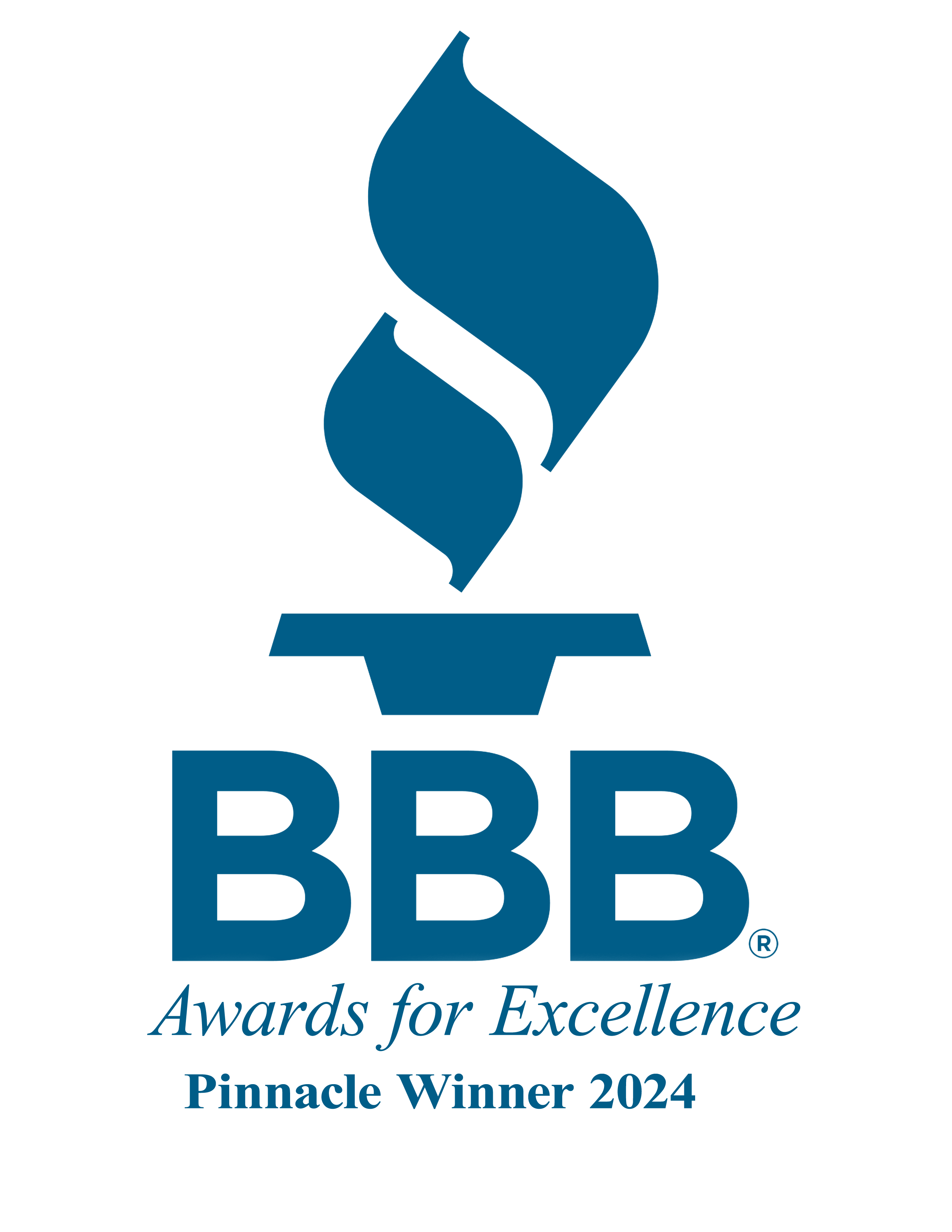Paycheck Protection Program Loan Forgiveness
Small Businesses who received Paycheck Protection Program loans can prepare for the process of having the debt reduced or even wiped clean with the forgiveness application released by the Small Business Administration on Friday May 15,2020.
SBA said it planned to release official regulations and guidance soon. But the form might help employers by offering reminders of the rules as well as what appears to be some new guidance on how the government will handle loan forgiveness.
According to a SBA news release Friday:
The form and instructions include several measures to reduce compliance burdens and simplify the process for borrowers, including:
• Options for borrowers to calculate payroll costs using an “alternative payroll covered period” that aligns with borrowers’ regular payroll cycles
• Flexibility to include eligible payroll and non-payroll expenses paid or incurred during the eight-week period after receiving their PPP loan
• Step-by-step instructions on how to perform the calculations required by the CARES Act to confirm eligibility for loan forgiveness
• Borrower-friendly implementation of statutory exemptions from loan forgiveness reduction based on rehiring by June 30
• Addition of a new exemption from the loan forgiveness reduction for borrowers who have made a good-faith, written offer to rehire workers that was declined (Minor formatting edits.)
“The Treasury Department and Small Business Administration released a loan forgiveness application form for the CARES Act’s Paycheck Protection Program (PPP), which had been urgently sought by CPA firms and their small business clients in recent weeks,” the American Institute of CPAs wrote in a news release Saturday. “The document and related instructions partially address some outstanding issues but leave others unaddressed and, more importantly, still do not provide enough flexibility for those who receive funds, according to the American Institute of CPAs. Download the PPP Forgiveness Loan calculator from the American Institute of CPAs.
The SBA opened the PPP process on April 3. Small Businesses who managed to obtain the PPP loans in the early days of eligibility are coming up on the eight-week (current to 6-7 weeks in) “Covered Period” to have spent the money, which means some might want to get the ball rolling on the forgiveness process for peace of mind. (The deadline to apply for forgiveness is unclear, but the form carries an Oct. 31 expiration date.) Otherwise, the loans carry 1 percent interest and mature in two years.
The eight-week “Covered Period” starts ticking either on the day you received loan dollars, but the feds say they’ll also allow employers to key off of their first pay period after receiving the loan — within limitations. For example, the 25 percent of the loan which can be spent on eligible non-payroll costs like rent must have been spent during the “Covered Period.”
“For administrative convenience, Borrowers with a biweekly (or more frequent) payroll schedule may elect to calculate eligible payroll costs using the eight-week (56-day) period that begins on the first day of their first pay period following their PPP Loan Disbursement Date (the ‘Alternative Payroll Covered Period’). For example, if the Borrower received its PPP loan proceeds on Monday, April 20, and the first day of its first pay period following its PPP loan disbursement is Sunday, April 26, the first day of the Alternative Payroll Covered Period is April 26 and the last day of the Alternative Payroll Covered Period is Saturday, June 20,” the form states. “Borrowers who elect to use the Alternative Payroll Covered Period must apply the Alternative Payroll Covered Period wherever there is a reference in this application to ‘the Covered Period or the Alternative Payroll Covered Period.’ However, Borrowers must apply the Covered Period (not the Alternative Payroll Covered Period) wherever there is a reference in this application to ‘the Covered Period’ only.”
The government will also accept the spending if costs are incurred during the time frame and paid by the first payday or billing date after it.
“Borrowers are generally eligible for forgiveness for the payroll costs paid and payroll costs incurred during the eight-week (56-day) Covered Period (or Alternative Payroll Covered Period) (‘payroll costs’),” the form states. “Payroll costs are considered paid on the day that paychecks are distributed, or the Borrower originates an ACH credit transaction. Payroll costs are considered incurred on the day that the employee’s pay is earned. Payroll costs incurred but not paid during the Borrower’s last pay period of the Covered Period (or Alternative Payroll Covered Period) are eligible for forgiveness if paid on or before the next regular payroll date. Otherwise, payroll costs must be paid during the Covered Period (or Alternative Payroll Covered Period). …
“An eligible nonpayroll cost must be paid during the Covered Period or incurred during the Covered Period and paid on or before the next regular billing date, even if the billing date is after the Covered Period. Eligible nonpayroll costs cannot exceed 25% of the total forgiveness amount. Count nonpayroll costs that were both paid and incurred only once.”
The government will forgive the loan and any interest if at least 75 percent of the money received had been spent on payroll and the remainder spent on rent, utilities or mortgage interest, according to the form. The maximum forgivable amount per employee maxes out at what would work out to $100,000 a year in pay.
The amount forgiven will be decreased proportional to the drop-in workforce and potentially pay. The government will let pay cuts slide if employees made at least 75 percent of what they averaged between Jan. 1 and March 31 or were paid between Feb. 15-April 26, the average salary or hourly wage they were making as of Feb. 15, according to the new form. Borrowers that cut pay more than the government would like can receive a pass if they restore paychecks to Feb. 15 levels by June 30.
The government also will let layoffs slide and forgive the full loan if you laid off people between Feb. 15-April 26 and brought your workforce to Feb. 15 levels by June 30, according to the form. It also grants an exemption to an employer who fired employees for cause or “made a good-faith, written offer” to rehire a worker only to have the employee decline. Exemptions also exist if the employee quit voluntarily or asked for their hours to be reduced. “Any FTE reductions in these cases do not reduce the Borrower’s loan forgiveness,” the form states.
Congress appropriated hundreds of billions for PPP small business loans over the course of two separate bills, resulting in a PPP “Phase One” and “Phase Two.” The forgivable loans were seen as a means of helping small businesses preserve jobs after the national COVID-19 coronavirus response shattered the economy.
PPP “Phase One” saw another more than $342 billion net dispensed in nearly 1.7 million loans made by 4,975 lenders, according to the SBA. The average “Phase One” loan came out to $206,000. Nearly 26,000 loans exceeding $2 million had been issued in Phase One; these represented 1.57 percent of the loan applications approved, but nearly 28 percent of the loan dollars.
After the PPP program ran out of money (lawmakers approved $349 billion), Congress approved more funds for what became “Phase Two.” Generally speaking, you can borrow the equivalent of 10 weeks of payroll.
As of 5 p.m. Saturday May 16,2020, 5,479 “Phase Two” lenders had issued nearly $195.2 billion across nearly 2.8 million loans. The average “Phase Two” loan worked out to $70,622.
More information:
PPP loan forgiveness application and instructions
Small Business Administration, May 15, 2020
“AICPA Says Treasury and SBA PPP Loan Forgiveness Application Leaves Many Questions”
American Institute of CPAs, May 16, 2020
SBA “Coronavirus Relief Options” page
SBA Paycheck Protection Program (PPP) webpage
List of PPP lenders in your state
Paycheck Protection Program FAQs
SBA, May 13, 2020
- Published in Business Lending, Small Business







